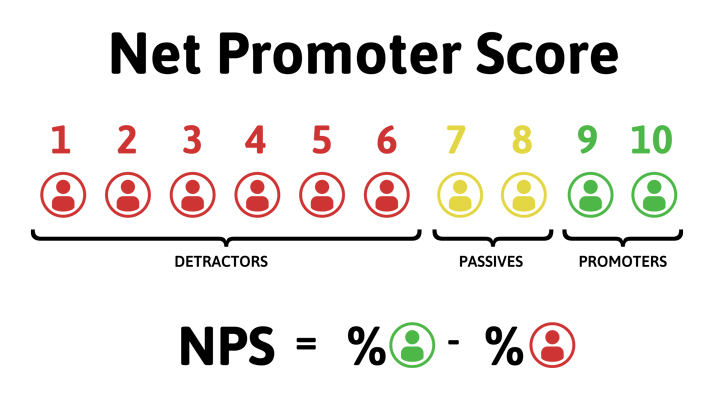Net Promoter Score ranks customer perceptions

Customers who rank their experiences as a nine or 10 are more likely to promote your company and leave positive reviews. (Image: Good_Stock/iStock / Getty Images Plus/Getty Images)
Getting feedback from customers is crucial.
One way to gauge a customer’s experience with your company is to calculate a Net Promoter Score (NPS). This metric is a one-question survey sent to customers, asking them to choose a response between zero and 10 on how likely they are to recommend your company to a friend or relative.
“It can be very helpful to get to quickly understand how you’re perceived by your customers,” explains Ben Gutkin, who serves as vice president of marketing services at Warm Thoughts Communications.
Gutkin says companies with multiple locations can find the NPS valuable by comparing locations to determine the company’s perception in the marketplace and then focusing on areas with problems.
Typically, the NPS is sent as an individual question, but it can be valuable to include a second, open-ended question asking the customer to clarify or explain their response.
Your NPS is the percentage of respondents giving you a nine or a 10 (promoters) minus the percentage that give you a six or below (detractors). A ranking of seven or eight (passive) from a customer won’t be included and won’t impact the score.
The question can be delivered to customers through email. Getting a quick response also gives you time to address any problems the customer may have brought up.
“You want to time the question to go out as soon as possible after a delivery or an install or some sort of work was done so that the experience is fresh in the consumer’s mind, and that makes them far more likely to actually respond to it,” Gutkin says.
Making change
The value of NPS doesn’t come from tracking a score but from correcting issues that create detractors and repeating activities that create promoters.
Identifying and correcting any issues that come up when collecting data for your NPS score is the most valuable part of the process.
Reaching out to customers who gave a ranking of six or under is the most common practice as companies try to resolve any issues. But don’t forget also to contact customers who rank as promoters and passives to learn about their experiences with your company.
Ideally, you want more customers recommending your business. The unhappy customers are most likely looking to take their business elsewhere – and letting other people know it.
“A lot of times companies don’t know what they don’t know. They may have an issue that they’re completely unaware of,” Gutkin says. “I think it is an important piece in your strategic planning to give you an understanding of how you’re perceived by your customers.”
Depending on your marketing strategy, consider sending the NPS survey to your customers in follow-up communications for a certain period of time, say for a month or a quarter, or even on an annual basis. Then, Gutkin recommends switching to a request for online reviews on Google, Facebook or the Better Business Bureau.
“Positive reviews are really important for the business because people make decisions based on what other people say,” Gutkin explains. “So that is a very important piece to your marketing.”
















